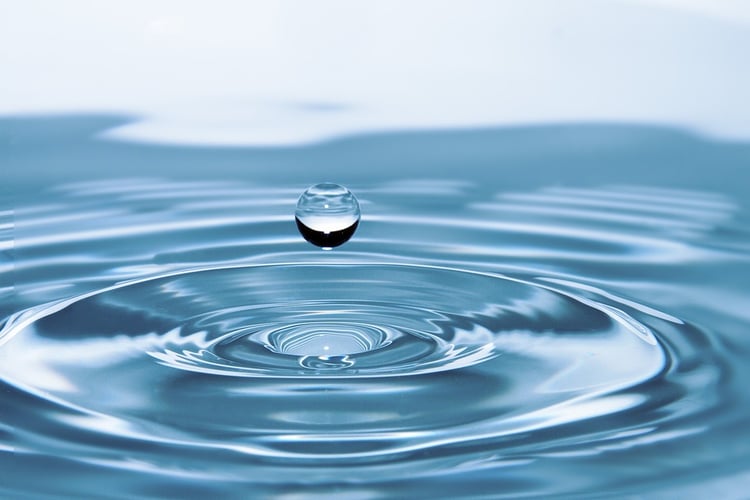
An increasing number of purified water system users have changed over to RO. This is mostly born about by a desire to get away from the use and storage of regeneration chemicals. A further benefit is the removal of a chemical discharge during regenerations.
The truth is that in many cases conventional Deionisers are still the best solution. There are many users who will always use reverse osmosis because they value the physical barrier and validity that a performing RO membrane provides. However, water consumption and capital cost should always be considered when making the choice.
These Pro’s and Con’s may assist in an informed choice.
Reverse Osmosis
+ No aggressive chemicals used
+ No chemical discharge to drain
+ It is possible to validate the performance of an RO membrane
+ Being a membrane RO will remove organic and inorganic contaminants
+ With RO fed by duplex water softeners there is no down time for regenerations. The RO can run continuously if required.
- RO Consumes more feed water, of 100% of the feed water only 70% is recovered as purified water ( Permeate).
- RO should not be installed without good pre treatment to the feed water. The long term performance of RO is directly affected by the quality of the feed water pre treatment. This should include granular activated carbon, base exchange water softening and 5 micron absolute rated filtration.
- An RO system will cost approximately 40% more to purchase than the equivalent Deionised water system.
- An RO system has a greater consumables cost than a Deionised water system
- An RO system will consume more electricity than an equivalent sized Deionised water system.
- An RO system is less abuse tolerant than an equivalent Deionised water system, which is why good pre treatment and regular in house monitoring is important.
Deionisers ( Ion Exchange )
+ Less expensive to purchase
+ Less expensive to install
+ Less consumable cost
+ Can be used to recycle and polish / recover Deionised water
+ Depending on the total dissolved solids content of the feed water, a Deioniser will often produce a lesser treated water conductivity than RO
- Uses aggressive chemicals to regenerate.
- Produces a chemical effluent during regenerations.
- Effective fume scrubbing is required to prevent plant and local environment degradation.
- If using a single unit the system design must cope with a regeneration down time of approximately 70 minutes
- Is only suitable for the removal of inorganic contaminants.
Reverse Osmosis is appealing to both the Healthcare and Pharmaceutical users. However, for many industrial processes and uses conventional Deionisers are still a cost effective option for the production of Deionised water.









 We are a specialist independent company involved in water purification and water treatment technologies
We are a specialist independent company involved in water purification and water treatment technologies


